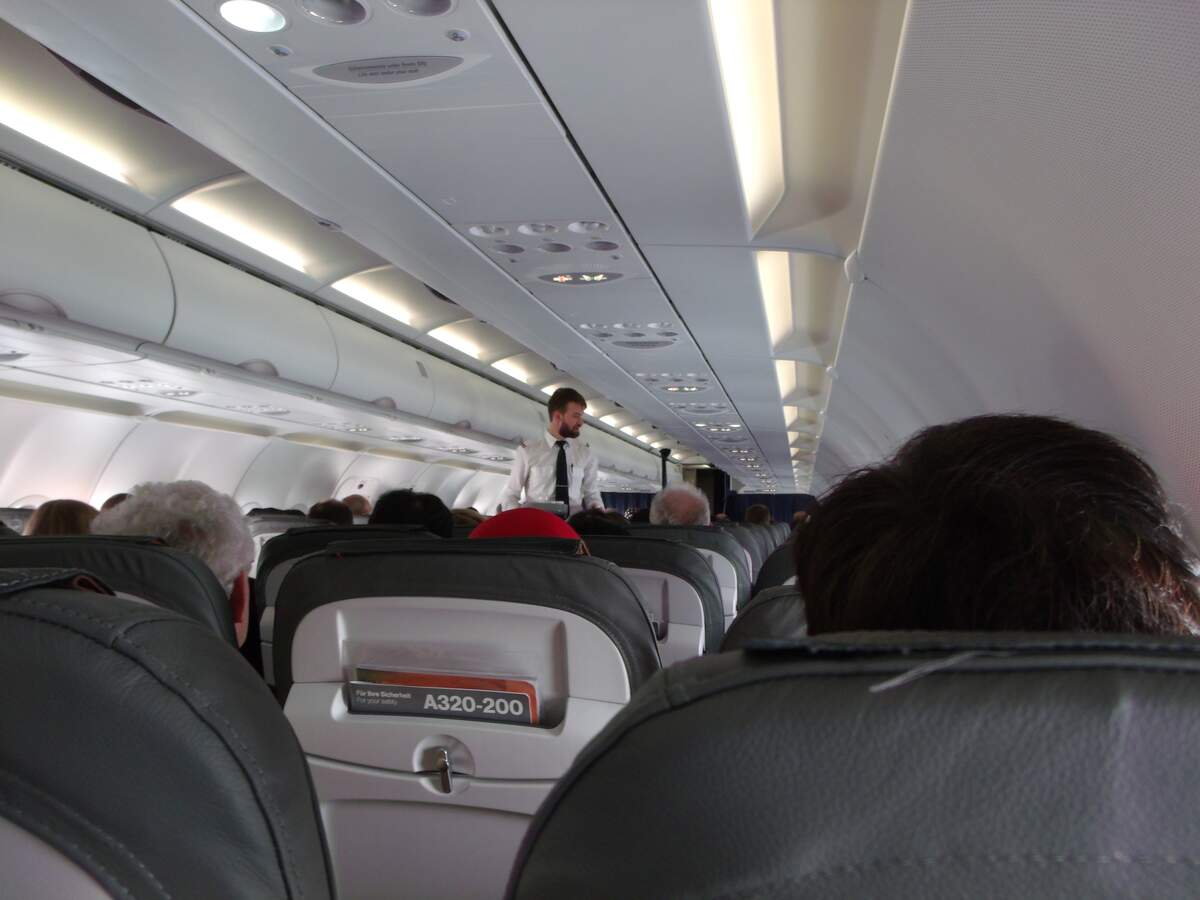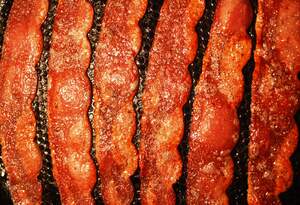

Flight Attendant Safety Professionals' Day
Observed
annually on July 19th (since 1990)
Dates
Founded by
United States Congress on June 26th, 1990
President George H.W. Bush on July 8th, 1990
Hashtags
Sources
https://unitedafa.org/news/2021/3/16/from-stewardess-to-flight-attendant-80-years-of-sophistication-and-sexism
https://www.congress.gov/bill/101st-congress/house-joint-resolution/533/text?r=7&s=1
https://www.congress.gov/bill/101st-congress/senate-joint-resolution/278/text
https://www.presidency.ucsb.edu/documents/proclamation-6157-flight-attendant-safety-professionals-day-1990
In 1989, Rep. James Oberstar [D-MN] introduced House Joint Resolution 186 to designate a Flight Attendant Safety Professionals' Day, and Sen. John D. Rockefeller [D-WV] introduced Senate Joint Resolution 91 for the same purpose. The Senate bill passed, but it did not become law. The following year, Rep. Peter DeFazio [D-OR] introduced House Joint Resolution 533 for a Flight Attendant Safety Professionals' Day, and Senator Rockefeller once again introduced a bill, Senate Joint Resolution 278. This time Rockefeller's bill passed the Senate and House and was signed by President George H.W. Bush. With it, June 19, 1990, was designated as Flight Attendant Safety Professionals' Day.
The legislation detailed a number of reasons why flight attendants should be honored. It said flight attendants safeguard the well-being of passengers, that they respond to medical emergencies—and have even saved lives during them, that they exude professionalism and calmness while evacuating crashed planes—saving lives and sometimes giving up their own lives in the process, that they assist during many other in-flight emergencies, such as emergencies on account of hijackings, terrorist attacks, decompressions, and severe turbulence, that they push for safety improvements at their airlines and the FAA, and that they work hard to educate the flying public about safety procedures. The legislation also requested that the president "issue a proclamation calling upon the people of the United States to observe such day with appropriate ceremonies and activities."
Accordingly, President George H.W. Bush issued Proclamation 6157. The proclamation said "flight attendants strive to make air travel as comfortable and enjoyable as possible. Their chief responsibility, however, is to guard the safety of aircraft passengers. Federal aviation regulations entrust flight attendants with an array of duties that are essential to protecting cabin occupants from in-flight hazards and to ensuring their safe evacuation in the event of an emergency." It went on to say that "the men and women who serve as flight attendants carry out their duties with an outstanding degree of dedication. Their behavior has been calm and professional during accidents, hijackings, in-flight fires, sudden cabin decompression, and other situations of potential or immediate danger to human life. This tradition of professionalism has saved many passengers from injury or death and continues to increase the margin of safety for those who travel the airways today."
The latter portion of the proclamation declared July 19, 1990, as Flight Attendant Safety Professionals' Day, and urged observance of the day "with appropriate ceremonies and activities designed to recognize the important role flight attendants play in enhancing the safety and convenience of our Nation's air transportation system." Although this was a one-off observance, it has continued to be observed unofficially in subsequent years.
The first flight attendants were men. The first attendant, Heinrich Kubis, worked on German airships like the DELAG Zeppelin LZ 10 Schwaben. In the United Kingdom, "cabin boys" flew on Imperial Airways flights in the 1920s. Later in the decade, in the United States, male flight attendants took to the skies for Stout Airways, Western Airlines, and Pan Am.
A registered nurse named Ellen Church wanted to be a pilot, but the manager of Boeing Air Transport in San Francisco recommended that she and other nurses instead become flight attendants. In 1930, Church became the first female flight attendant, or stewardess, as female flight attendants were often known as. Duties for flight attendants at this time included winding clocks, making sure passengers didn't go through emergency exits, and having a railroad timetable on hand in case the plane was grounded. There were about 200 or 300 flight attendants in the mid-1930s.
As the 1940s approached, the role of flight attendants expanded to some degree. Duties now included dusting, cleaning the cabin, bolting down seats, and helping fuel planes. Flight attendants founded the Airline Stewardess Association (ALSA) in 1945, which continues today as the Association of Flight Attendants-CWA. Flight attendants have been required to be on board all commercial airlines since 1952.
Airlines added age clauses, usually grounding female flight attendants by the age of 32 or 35. This contrasted with men, who could work as flight attendants until they were in their sixties. Women flight attendants originally weren't allowed to be married either. Trans World Airlines ended this rule in 1957, but other airlines continued it. Federal courts struck down age and marriage requirements in 1968. By the 1970s, rules that said flight attendants couldn't be pregnant were lifted by most airlines.
There also was a 1971 Supreme Court decision that said airlines couldn't discriminate against men in hiring flight attendants. This was at a time when a large focus was being put on appearance. In the mid-1960s, women's flight attendant uniforms were fashionable and sexy; in fact, they were at the forefront of fashion. In the 1970s, flight attendants were dressing in hot pants, and airlines had ads that focused on their flight attendants' appearance, some of which were suggestive.
During the 1980s, about 80 percent of flight attendants were female. The name stewardess largely was abandoned. Flight attendants were still younger than the average worker, but were getting older. Uniforms became more functional instead of being about looks. The airline industry had been deregulated in 1978, which led to lower fares and more frequent flights, making flying more popular and less of a luxury, and giving airlines more ways to compete besides focusing on the appearance of their flight attendants.
During the second decade of the twentieth century, flight attendants were flying 75 to 100 hours a month, and for about 50 hours a month were preparing flights, writing reports, and waiting for planes to arrive. For all they did then, and continue to do today, to safeguard the well-being of passengers on aircraft, they are honored with Flight Attendant Safety Professionals' Day.
How to Observe Flight Attendant Safety Professionals' Day
Spend the day recognizing the important role flight attendants play in enhancing the safety and convenience of the air transportation system in the United States. Some activities you could do while observing the day include:
- Check for ceremonies honoring flight attendants that you could attend.
- Thank flight attendants for their service.
- Read a book about the history of flight attendants such as Femininity in Flight: A History of Flight Attendants.
- Visit the National Air and Space Museum or The Museum of Flight.
- Become a flight attendant.





















